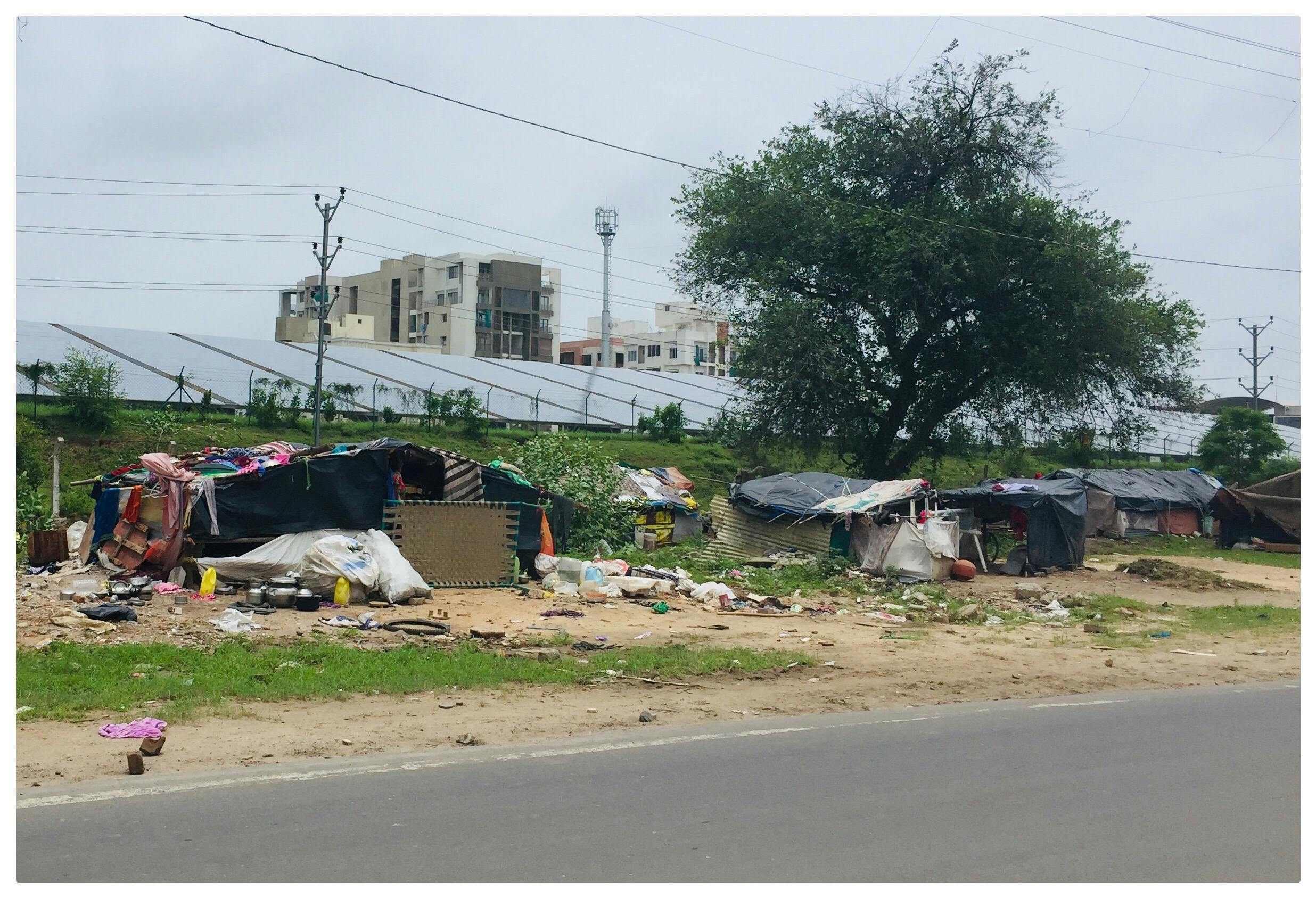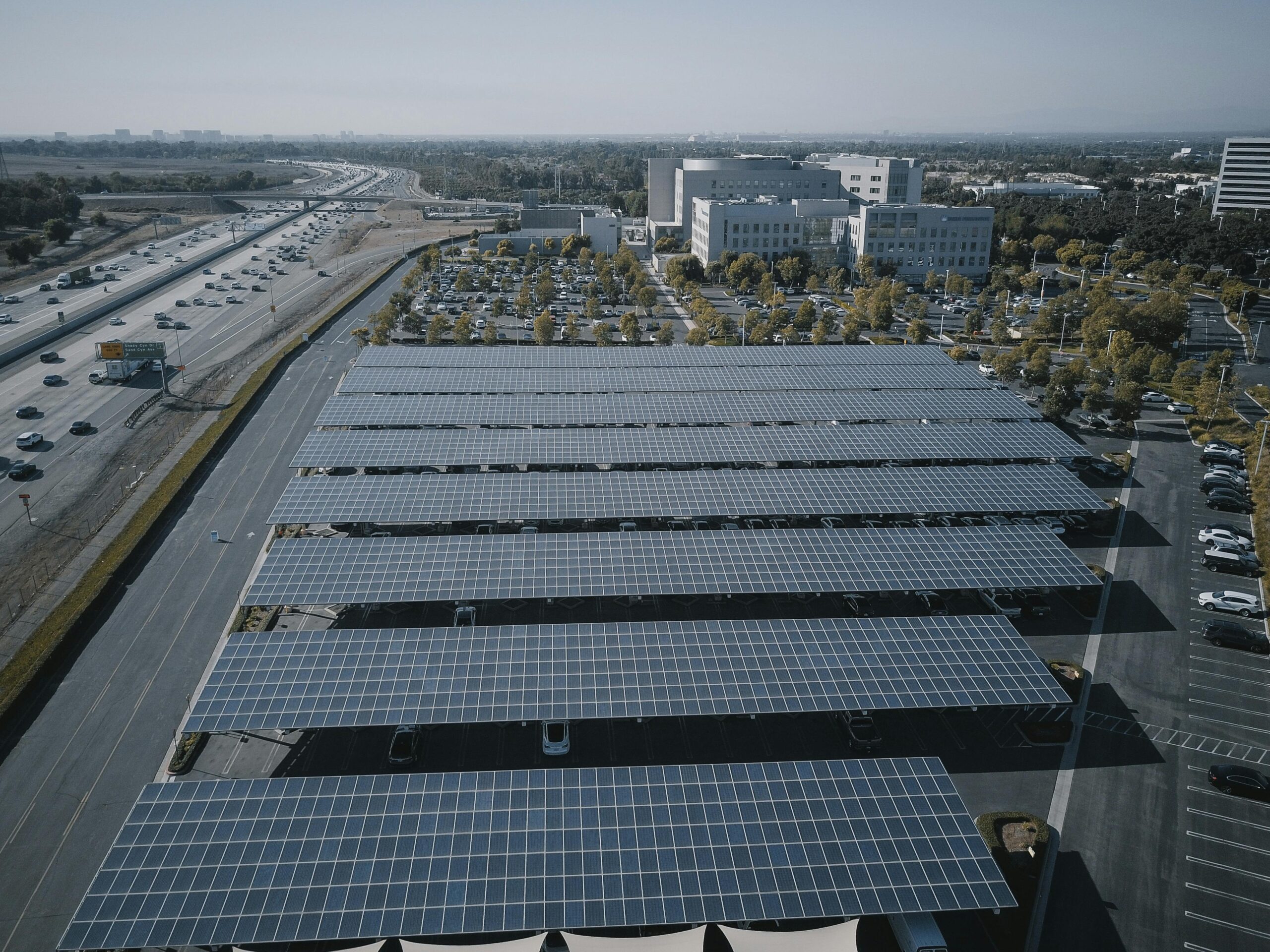The energy sector is undergoing a revolutionary transformation as communities worldwide reclaim control over their power generation, distribution, and consumption through decentralized governance models.
For decades, centralized energy systems dominated the landscape, with large utility companies controlling generation facilities and distribution networks. This traditional model, while effective in establishing widespread electrification, often left communities powerless in decision-making processes that directly affected their daily lives. Today, technological innovations, environmental concerns, and a growing desire for local autonomy are converging to create a new paradigm in energy management.
Decentralized energy governance represents more than just a shift in how electricity is produced and distributed. It embodies a fundamental reimagining of community empowerment, economic development, and environmental stewardship. From solar cooperatives in rural villages to blockchain-enabled microgrids in urban neighborhoods, communities are discovering that taking control of their energy future brings benefits far beyond reduced electricity bills.
🌍 Understanding Decentralized Energy Governance
Decentralized energy governance refers to systems where energy production, distribution, and management decisions are made at the local or community level rather than by centralized utilities or government entities. This approach combines distributed energy resources with participatory decision-making structures that give stakeholders direct influence over energy policies affecting their communities.
The concept encompasses several key elements that distinguish it from traditional energy systems. Physical decentralization involves generating power close to where it’s consumed, typically through renewable sources like solar panels, wind turbines, or small hydroelectric facilities. Organizational decentralization shifts ownership and management responsibilities from large corporations to community groups, cooperatives, or local governments. Decision-making decentralization ensures that residents have meaningful input into energy planning, pricing, and infrastructure development.
This multi-dimensional approach creates resilient energy ecosystems that can adapt to local needs, preferences, and resources while contributing to broader sustainability goals. Communities implementing decentralized governance models often discover unexpected advantages, from enhanced energy security during natural disasters to job creation in local clean energy sectors.
⚡ The Technological Foundation of Energy Democracy
Advanced technologies have made decentralized energy governance not just possible but increasingly practical and economically viable. Solar photovoltaic systems have experienced dramatic cost reductions over the past decade, making rooftop solar accessible to millions of households and small businesses. Battery storage technologies now allow communities to store excess renewable energy for use during peak demand periods or when the sun isn’t shining.
Smart grid technologies play a crucial role in managing complex decentralized systems. These digital networks enable real-time monitoring and optimization of energy flows, balancing supply and demand across numerous small-scale generation sources. Advanced metering infrastructure provides granular data on consumption patterns, empowering consumers to make informed decisions about their energy use.
Blockchain technology has emerged as a game-changer for decentralized energy governance, enabling peer-to-peer energy trading without intermediaries. Homeowners with excess solar generation can sell power directly to neighbors through automated smart contracts, creating local energy markets that keep money circulating within communities. Several pilot projects worldwide have demonstrated the potential of blockchain to revolutionize energy transactions while maintaining transparency and security.
Microgrids: The Backbone of Community Energy Independence
Microgrids represent the physical infrastructure enabling many decentralized energy initiatives. These localized energy networks can operate independently from the main grid or in coordination with it, providing unprecedented flexibility and resilience. During grid outages, microgrids can island themselves, continuing to supply power to critical facilities and residents.
Communities are deploying microgrids for various reasons, from enhancing resilience in disaster-prone areas to reducing energy costs in remote locations where extending traditional grid infrastructure would be prohibitively expensive. University campuses, military bases, and eco-villages have become testbeds for microgrid technologies, demonstrating scalable models that other communities can adapt.
🏘️ Community Energy Cooperatives: Power to the People
Energy cooperatives represent one of the most established forms of decentralized energy governance, with roots stretching back decades in countries like Denmark, Germany, and the United States. These member-owned organizations pool resources to develop renewable energy projects, with profits returned to members or reinvested in community initiatives.
The cooperative model aligns perfectly with decentralized energy governance principles by ensuring democratic control through one-member-one-vote structures. Members actively participate in decision-making processes, from selecting project locations to determining how surplus revenues are allocated. This participatory approach fosters strong community bonds while advancing clean energy goals.
Successful energy cooperatives demonstrate impressive economic impacts. They create local jobs in installation, maintenance, and administration while keeping energy expenditures circulating within the community rather than flowing to distant corporate headquarters. Research shows that cooperative-owned renewable energy projects generate significantly more local economic benefits compared to projects owned by external investors.
Models of Cooperative Success Around the World
Denmark’s wind cooperatives pioneered the community ownership model in the 1970s and 1980s, with citizens collectively investing in wind turbines that now supply a substantial portion of the nation’s electricity. This grassroots movement transformed Denmark into a global wind energy leader while ensuring that rural communities benefited directly from the renewable energy transition.
In Germany, the Energiewende (energy transition) has been driven largely by citizen energy cooperatives, with over 1,700 cooperatives owning renewable energy installations. These organizations have democratized energy investment, allowing ordinary citizens to participate in climate solutions while earning returns on their investments.
Emerging markets are adapting the cooperative model to local contexts. Solar cooperatives in India and Bangladesh have brought electricity to villages bypassed by traditional grid expansion, combining energy access with community development initiatives. These projects often integrate training programs, enabling residents to maintain systems and develop valuable technical skills.
🔋 Policy Frameworks Enabling Community Energy
Supportive policy environments are essential for decentralized energy governance to flourish. Governments worldwide are recognizing that enabling community energy projects contributes to climate goals, energy security, and local economic development. Progressive policies create level playing fields where small-scale community projects can compete with large utilities.
Feed-in tariffs and net metering policies have proven particularly effective in supporting distributed generation. These mechanisms ensure that community energy producers receive fair compensation for electricity fed into the grid, making renewable investments financially viable. Germany’s feed-in tariff system catalyzed massive renewable energy deployment by guaranteeing long-term purchase prices for clean electricity.
Community benefit provisions in renewable energy policies ensure that local residents share in the advantages of energy projects developed in their areas. Scotland has implemented progressive policies requiring commercial renewable developers to offer community ownership stakes and providing financial support for community-led projects. These policies recognize that local acceptance and participation are crucial for successful energy transitions.
Regulatory Barriers and Reform Efforts
Despite growing momentum, decentralized energy initiatives often face regulatory obstacles designed for centralized systems. Outdated utility regulations may prevent or complicate peer-to-peer energy trading, community ownership structures, or microgrid development. Interconnection requirements can be unnecessarily burdensome for small-scale generators, creating cost and complexity barriers.
Advocacy efforts are pushing for regulatory modernization to accommodate new energy paradigms. Progressive jurisdictions are revising electricity laws to explicitly recognize community energy entities, streamline permitting processes, and ensure grid access rights for distributed generators. These reforms acknowledge that rigid centralized frameworks are incompatible with twenty-first-century energy systems.
💡 Environmental and Social Justice Dimensions
Decentralized energy governance intersects powerfully with environmental justice movements addressing how pollution burdens and clean energy benefits are distributed across society. Historically, low-income communities and communities of color have disproportionately hosted polluting power plants while having limited access to rooftop solar and other clean energy options.
Community-controlled energy initiatives can address these inequities by prioritizing projects in underserved areas and ensuring that governance structures include diverse voices. Solar cooperatives specifically targeting affordable housing developments make clean energy accessible to renters and low-income households typically excluded from traditional solar markets. These projects reduce energy costs for families struggling with utility bills while building community wealth.
Indigenous communities worldwide are leveraging decentralized energy to advance self-determination and cultural preservation goals. Remote indigenous villages often rely on expensive, polluting diesel generators for electricity. Community-owned renewable microgrids provide clean, affordable alternatives while creating local employment and reducing dependence on external energy suppliers. These projects align with indigenous values of environmental stewardship and collective decision-making.
Building Inclusive Energy Futures
Ensuring that decentralized energy governance truly empowers all community members requires intentional inclusion strategies. Participatory planning processes must actively engage residents typically excluded from decision-making, using accessible meeting times, translation services, and culturally appropriate engagement methods. Energy democracy means everyone has a voice, not just those with technical expertise or financial resources.
Education and capacity-building initiatives are essential for meaningful participation. Communities are developing energy literacy programs that demystify technical concepts and empower residents to engage confidently in energy planning discussions. Youth engagement programs cultivate the next generation of community energy leaders while connecting clean energy topics to broader social and environmental concerns.
📊 Economic Opportunities and Challenges
The economic case for decentralized energy governance has strengthened considerably as renewable technologies have become cost-competitive with fossil fuels. Community energy projects create diverse value streams, from electricity sales and energy savings to ancillary services like grid stabilization and demand response.
Local economic development represents a compelling advantage of community-controlled energy systems. Studies consistently show that locally-owned renewable energy projects generate more jobs and economic activity per dollar invested compared to externally-owned projects. Installation and maintenance jobs cannot be outsourced, providing stable local employment. Leadership and administrative roles develop local expertise and capacity.
Energy cost savings deliver direct household benefits while improving community competitiveness. Businesses operating in areas with low-cost community renewable energy enjoy reduced overhead, enhancing profitability and sustainability. These savings multiply through local economies as households and businesses have more disposable income to spend on other goods and services.
Financing Community Energy Initiatives
Access to capital remains a significant challenge for community energy projects, particularly in early development stages. Traditional financial institutions often lack familiarity with community ownership models or consider small-scale projects too risky or administratively burdensome. Innovative financing mechanisms are emerging to address these gaps.
Community investment models allow local residents to directly invest in energy projects, creating personal financial stakes while raising necessary capital. Crowdfunding platforms have democratized renewable energy investment, enabling people to support community projects with small contributions. Green banks and specialized community energy lenders provide tailored financing products recognizing the unique characteristics of community-owned projects.
Government support programs, including grants, loan guarantees, and tax incentives, can catalyze community energy development by reducing financial risks and improving project economics. Several countries have established dedicated funding streams for community energy, recognizing the multiple public benefits these projects deliver.
🌐 Digital Tools Empowering Community Energy Management
Digital platforms are transforming how communities plan, implement, and manage decentralized energy systems. Energy management software provides real-time visibility into generation and consumption patterns, enabling optimized system operations and informed decision-making. Community members can track their energy usage, compare performance with neighbors, and participate in demand response programs through user-friendly mobile applications.
Collaborative planning tools facilitate inclusive decision-making processes, allowing community members to evaluate different energy scenarios, assess costs and benefits, and vote on preferred options. These platforms make complex energy planning accessible to non-experts while documenting transparent decision-making processes.
Virtual power plant software aggregates numerous distributed energy resources into coordinated networks that can provide grid services traditionally supplied by large power plants. Communities with solar panels, batteries, and controllable loads can participate in energy markets, generating revenue while supporting grid stability.
🚀 The Future of Community-Powered Energy Systems
The trajectory of decentralized energy governance points toward increasingly sophisticated, integrated systems that blur traditional boundaries between energy producers and consumers. Artificial intelligence and machine learning will optimize complex community energy networks, predicting generation and demand patterns while automatically adjusting operations for maximum efficiency and cost-effectiveness.
Vehicle-to-grid technology will transform electric vehicles into mobile energy storage units that support community grids. During times of excess renewable generation, EVs will charge; during peak demand periods, they can discharge stored energy back to the grid. This bidirectional flow will dramatically increase grid flexibility while providing value to vehicle owners.
Sector coupling will integrate electricity systems with heating, cooling, and transportation energy needs, creating holistic community energy ecosystems. District heating networks powered by renewable electricity, heat pumps leveraging smart grid signals, and hydrogen production using excess renewable generation will maximize clean energy utilization while enhancing system resilience.
Scaling Community Energy Models Globally
As successful models demonstrate their viability, knowledge transfer and replication efforts are accelerating community energy development worldwide. International networks connect practitioners, facilitating experience sharing and collaborative problem-solving. Standardized templates and toolkits reduce barriers for communities beginning their energy governance journeys.
Developing nations present enormous opportunities for leapfrogging centralized energy infrastructure entirely, moving directly to decentralized renewable systems. Without legacy fossil fuel investments to protect, these countries can build twenty-first-century energy systems from the ground up, with community governance embedded from inception.

🤝 Building Resilient, Empowered Communities Through Energy
Beyond kilowatt-hours and carbon reductions, decentralized energy governance catalyzes broader community transformation. Residents working together on energy projects build social capital and collaborative capacity that extends to other community challenges. The confidence gained from successfully managing complex energy systems empowers communities to tackle additional sustainability initiatives.
Energy resilience takes on new meaning when communities control their power systems. Natural disasters, cyber attacks, and grid failures that would leave traditionally-served areas in darkness have minimal impact on communities with microgrids and local generation. This resilience provides tangible security while demonstrating community capability and self-reliance.
The rise of decentralized energy governance represents more than technological innovation; it embodies a fundamental shift in how societies organize themselves, make collective decisions, and pursue sustainable futures. As communities worldwide embrace this transformation, they are discovering that taking control of their energy destinies unlocks possibilities extending far beyond electricity generation. They are building more democratic, equitable, and resilient communities while addressing the defining challenge of our time: the climate crisis.
The momentum behind community energy is unmistakable and irreversible. Technologies will continue improving, costs will keep declining, and successful models will inspire replication. Most importantly, communities experiencing the empowerment of energy democracy will not willingly return to passive consumer roles. The future of energy is decentralized, democratic, and decidedly community-powered.
Toni Santos is an urban innovation writer and researcher dedicated to exploring how technology, sustainability, and design are reshaping the cities of tomorrow. With a deep interest in smart infrastructure and human-centered development, Toni studies how data-driven systems and green technologies can create more livable, resilient, and efficient urban environments. Fascinated by sustainable architecture, IoT integration, and next-generation mobility, Toni’s work connects environmental awareness with digital transformation. Through research and storytelling, he examines how intelligent planning and renewable innovation can redefine the relationship between people and their cities. Blending urban design, environmental science, and systems thinking, Toni documents the breakthroughs that are reimagining how we build, move, and coexist. His work highlights the architects, engineers, and technologists leading the charge toward smarter, greener futures. His work is a tribute to: Green architecture as the foundation for sustainable living IoT innovation shaping the infrastructure of connected cities Mobility systems and renewable energy driving urban transformation Whether you’re an architect, engineer, or city planner, Toni Santos invites you to explore the technologies and ideas building the smart, sustainable cities of the future — one street, one system, one vision at a time.




